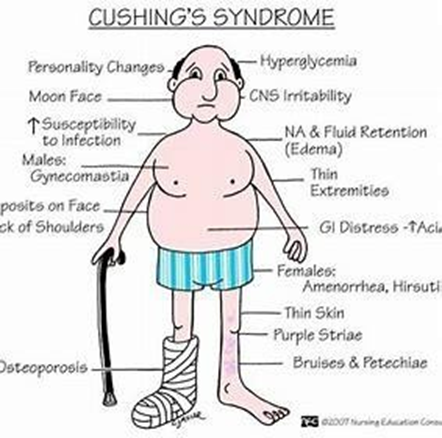Exhibits
What order(s) should the nurse anticipate being prescribed after an update is reported to the healthcare providers?
Select all that apply.
Administer antiemetic
Monitor for adverse reaction to antibiotics
Increase IV fluids to 150 mL/hr
Initiate airborne isolation
Repeat CD4+ T-cell count STAT
Correct Answer : A,B,C
A. The client is noted to have emesis which contributes to total fluid loss predisposing the client to acute kidney injury. Antiemetics are important to reduce emesis.
B. Clients with PCP are typically treated with antibiotics, such as trimethoprim-sulfamethoxazole (TMP-SMX), as first-line therapy. Monitoring for adverse reactions to antibiotics, such as hypersensitivity reactions or renal toxicity, is essential for safe medication administration.
Increasing fluid intake prevents and manages acute kidney injury in the client.
C. Increasing intravenous hydration ensures the lost fluid is replaced to prevent acute renal injury that may occur due to hypoperfusion.
D. Pneumocystis pneumonia is caused by the fungus Pneumocystis jirovecii (formerly known as Pneumocystis carinii), and its transmission occurs through the inhalation of airborne fungal spores. However, it is not typically spread from person to person like airborne viral or bacterial infections.
E. Repeating CD4 count is not necessary as it is unlikely to alter the management of the client at this point. This should be after 2-3 weeks.
Nursing Test Bank
Naxlex Comprehensive Predictor Exams
Related Questions
Correct Answer is C
Explanation
C. Cushing's syndrome often leads to central (truncal) obesity, characterized by fat accumulation around the abdomen and face, while the extremities may appear relatively thin due to muscle wasting. This distribution of fat and muscle wasting contributes to the characteristic "moon face" appearance seen in individuals with Cushing's syndrome.

A. Visible swelling of the neck with no pain is not typically associated with Cushing's syndrome. Swelling of the neck may be indicative of other conditions such as goiter or thyroid nodules.
B. Warm, soft, moist, salmon-colored skin is not typically associated with Cushing's syndrome. Instead, individuals with Cushing's syndrome may exhibit thin, fragile, and easily bruised skin due to the effects of cortisol on collagen synthesis and skin integrity.
D. Husky voice and hoarseness are not typically associated with Cushing's syndrome. These symptoms may be indicative of vocal cord dysfunction or other conditions affecting the larynx or vocal cords.
Correct Answer is D
Explanation
Weakened cough effort can lead to ineffective airway clearance and increase the risk of aspiration pneumonia, a common complication in ALS due to bulbar muscle involvement. Aspiration pneumonia is a serious and potentially life-threatening condition that requires immediate intervention
A This symptom can be distressing for the client and may impact their quality of life. While it should be addressed and managed, it does not pose an immediate threat to the client's physical health.
B Asymmetrical weakness is a hallmark feature of ALS, where muscle weakness typically begins in one region of the body and gradually spreads to other areas. While it signifies disease progression and may impact the client's mobility and function, it does not necessarily require immediate intervention.
C Anxiety is a common emotional response in clients with ALS, especially as the disease progresses and the client faces physical decline and uncertainty about the future. While it is important to address the client's emotional well-being and provide support, increasing anxiety does not usually warrant immediate intervention.
Whether you are a student looking to ace your exams or a practicing nurse seeking to enhance your expertise , our nursing education contents will empower you with the confidence and competence to make a difference in the lives of patients and become a respected leader in the healthcare field.
Visit Naxlex, invest in your future and unlock endless possibilities with our unparalleled nursing education contents today
Report Wrong Answer on the Current Question
Do you disagree with the answer? If yes, what is your expected answer? Explain.
Kindly be descriptive with the issue you are facing.
